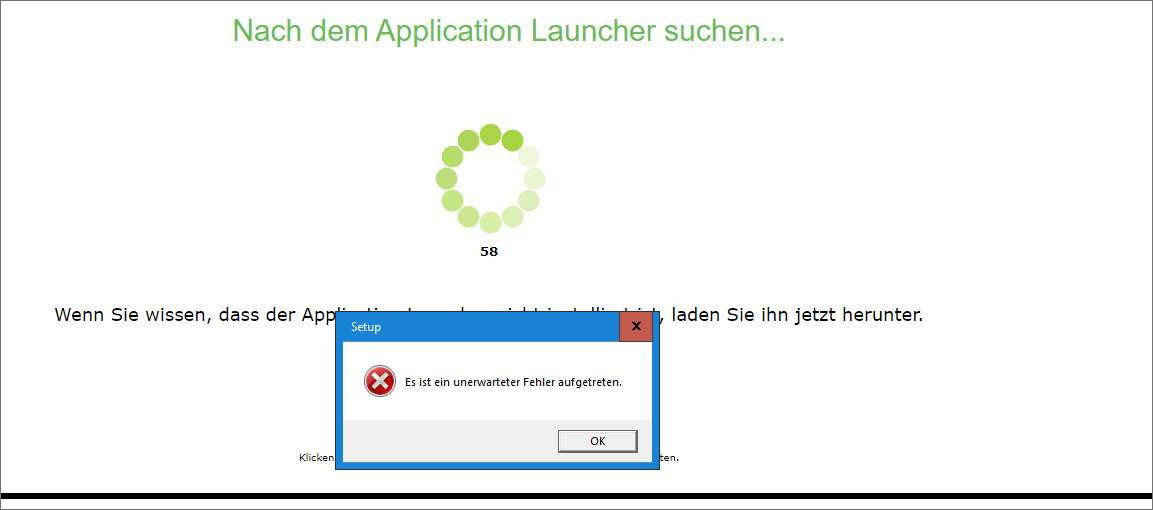
- #PULSE SECURE CLIENT LINUX HOW TO#
- #PULSE SECURE CLIENT LINUX INSTALL#
- #PULSE SECURE CLIENT LINUX SOFTWARE#
- #PULSE SECURE CLIENT LINUX PLUS#
PLEASE NOTE: We provide "best effort" support for Pulse Secure on Linux due to the wide range of distributions and their varying configuration methods. Connected as, using SSL, with ESP in progress.Otherwise, you should receive a message that you are connected, such as If prompted to choose a tunnel, enter the preferred tunnel and press enter.When prompted for "password#2", refer to the Step 4 instructions above (or the instructions in your terminal that should appear after you type your sudo password) to complete your Duo authentication.Next, you will be prompted for your UCSB NetID password.

#PULSE SECURE CLIENT LINUX INSTALL#

Step 2: Once you have read the instructions carefully, click the "Proceed" button to begin the authentication process.
#PULSE SECURE CLIENT LINUX HOW TO#
The first thing you see will be a prompt explaining how to use Duo multi-factor authentication with the VPN client. Make sure the Connection profile has as the URL. Step 1: In the Pulse Secure client window, click the Connect button inside the "UCSB Remote Access Trusted" connection profile. IMPORTANT: you must first have at least one device already enrolled with UCSB's MFA service (Duo Security) in order to connect to VPN. Your Pulse Secure GUI should now contain the Connection Profile as shown below. Step 5: Fill the Connection Profile with the following parameters:Įnsure that you have typed the URL exactly as listed above - http: will not work - it must be https:Ĭlick "Add" to save the Connection Profile.
#PULSE SECURE CLIENT LINUX PLUS#
Step 4: Once the GUI has loaded for Pulse Secure, click the plus icon to add a Connection Profile. Or select the application from your GUI's application menu (you may have to search your system to locate it - shown below in Ubuntu). Step 3: Launch the Pulse Secure GUI from the command line with (RHEL/CentOS): yum install nss-tools net-tools (Ubuntu/Debian): sudo apt-get install libnss3-tools net-tools Use the following commands to install these dependency tools manually. Note: The nss3-tools and net-tools are dependency packages required to successfully install the Pulse Client. (RHEL/CentOS): Install the Pulse Secure package using the command: sudo rpm -ivh (Ubuntu/Debian) Install the Pulse Secure package using the command: sudo dpkg -i

For CLI access, you'll need to install openconnect (see below).
#PULSE SECURE CLIENT LINUX SOFTWARE#
Step 1: Download the appropriate Pulse Secure Linux client package for your Linux distribution (UCSB SSO login required). Note that separate installer packages are available for Debian/Ubuntu (.deb) and RHEL/CentOS (.rpm) distributions. On Ubuntu distributions, installing through Ubuntu Software Center is supported for Pulse Secure.


 0 kommentar(er)
0 kommentar(er)
